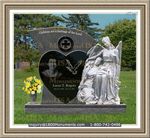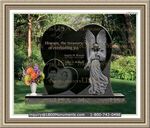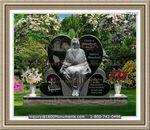|
What To Learn When Showing Up At Jewish Funeral Rites
A traditional Jewish funeral has certain elements to it. The main aim of these rituals is to honor the dead person, while being sensitive to his surviving family members. Generally, the specific customs carried out depends on the community the deceased person hailed from. But there are general customs that are observed at most burials.
Burial should take place as soon as possible. This is normally on the same day that the person has died. However, since it is not always possible to have all the family members around when the person dies, it may be necessary to delay the burial for sometime until all the mourners have arrived. It is up to the family to decide if they will delay the burial or not.
Viewing of the body is not allowed. The casket is normally sealed during the memorial service and burial. The casket chosen should be simple and be made out of wood only. No metallic parts are allowed as metal is not biodegradable.
Preservation of the body through embalming is not allowed, unless demanded by local laws for health reasons. This is to allow the body to decompose naturally. If the family wishes, they can call a pious society of men and women who have devoted themselves to the task of cleaning and dressing dead bodies as required by tradition.
The memorial service should be completed within a few minutes. Flowers are not allowed, though some Rabbi's may make exceptions. Mourners are not allowed to greet the attendees until after the ceremony has been completed. Mourners accompany the deceased to their final resting place.
At the conclusion of a Jewish funeral, mourners pass through the middle of the parallel line formed by the attendees. The attendees recite consoling words to the mourners. To symbolically cleanse themselves, mourners can wash their hands when leaving the graveside.
|
|



























